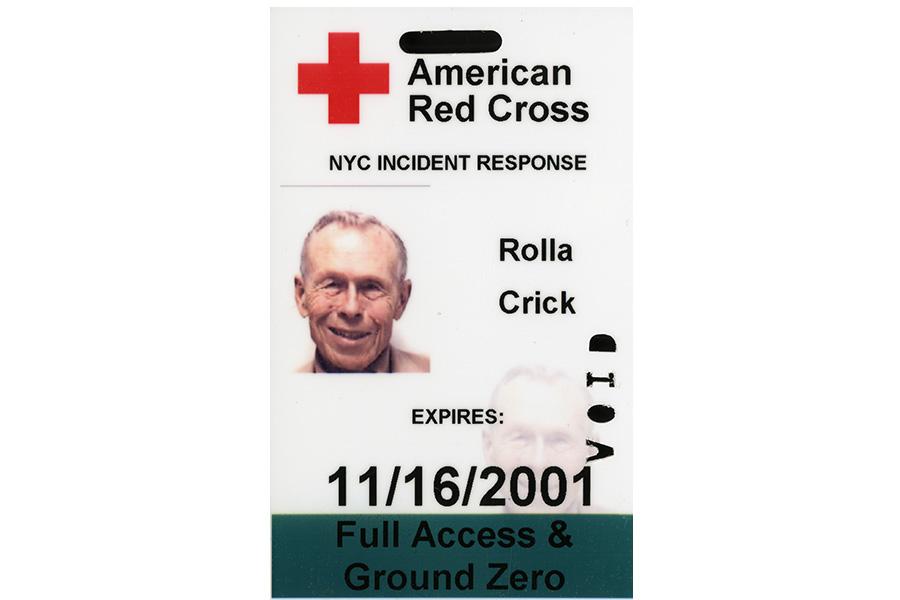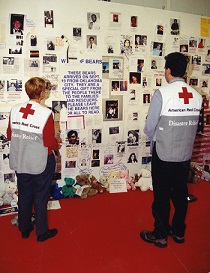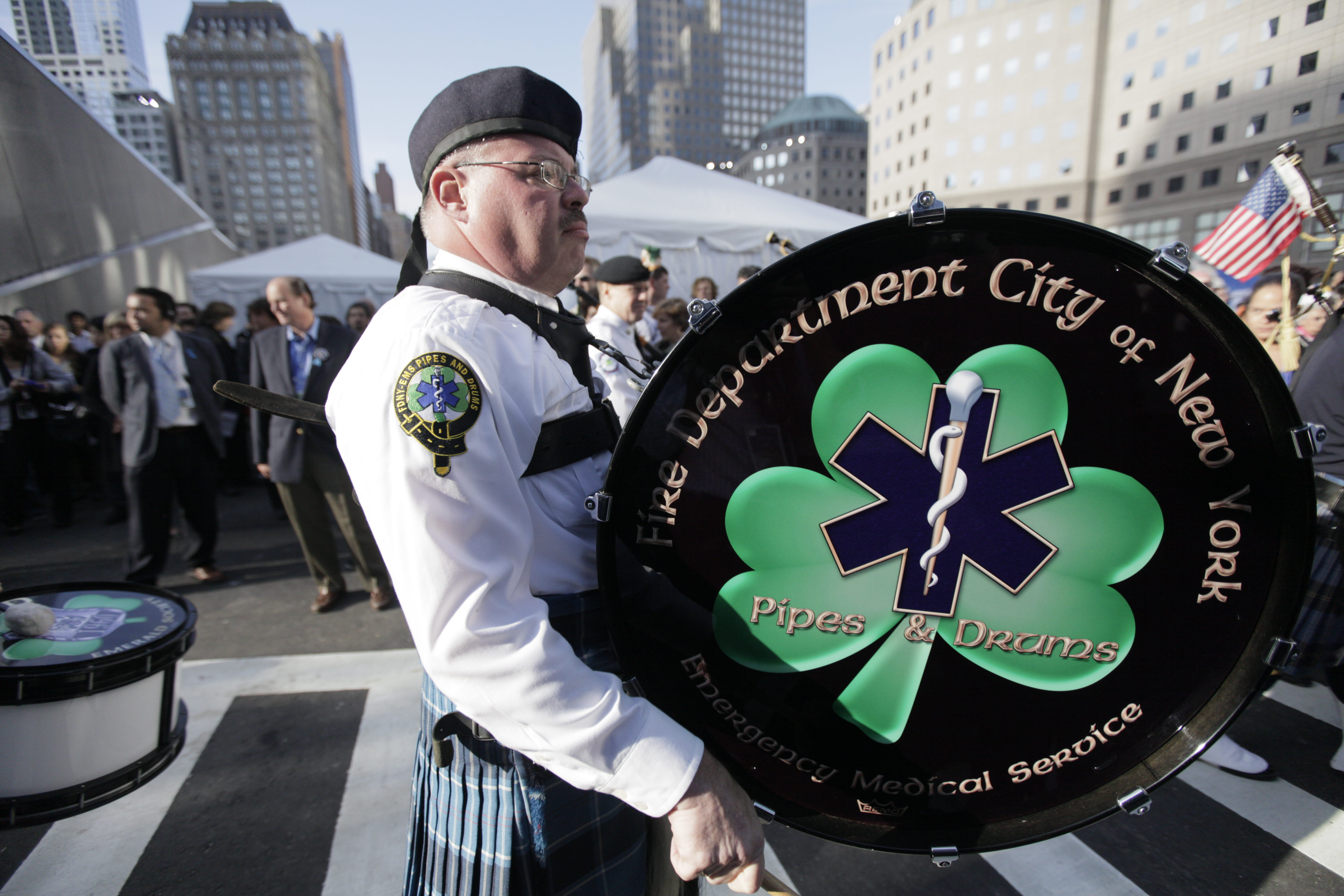Make a donation to the museum
Remembering Red Cross Volunteer Who Witnessed History at Ground Zero
Remembering Red Cross Volunteer Who Witnessed History at Ground Zero

The smoldering debris at ground zero transported the late Rolla “Bud” Crick back in time to August 1946 when he was a combat reporter for the Army Air Corps. He was on the ground in Hiroshima shortly after the atomic bomb dropped. Now at the World Trade Center, he would again be a part of history as an American Red Cross spokesman and volunteer.
"When 9/11 happened, I called my wife Eleanor and said, ‘You know, I was in Hiroshima after the atomic bomb and Yokohama after the blockbuster bombing. Now I'm standing here looking at this devastation on our nation's own soil’” Crick, who died at age 95 in 2013, said, according to a report in The Oregonian, where he once worked as a reporter. “I had the disheartening realization that this too was a man-made attack."
His tour at ground zero was one of 24 that the then 85-year-old former newsman s erved before retiring from the Red Cross in 2003. Before his death, he donated to the 9/11 Memorial Museum the ID badge he wore granting him access to the World Trade Center site.
erved before retiring from the Red Cross in 2003. Before his death, he donated to the 9/11 Memorial Museum the ID badge he wore granting him access to the World Trade Center site.
The access badge is on view and symbolizes the work of the American Red Cross and speaks to the way that the best of humanity mobilized when confronted with the worst. Twice nominated for the Pulitzer Prize, he also worked for the Oregon Journal over his 42-year career as a journalist.
Crick had covered some of history’s significant moments. He was there for peace talks in Panmunjom years after the Korean War. In 1957, he was the first reporter to travel to the South Pole to cover a story about Emperor Penguins. He went to Vietnam in 1975 shortly after the communists took Saigon. When he retired, he began volunteering with the Oregon chapter of the Red Cross as a public information officer.
As one of 6,000 volunteers activated by the American Red Cross, Crick spent 57 days in New York City on three separate assignments between September 2001 and March 2002. He wrote press releases about the disaster relief agency’s efforts and arranged interviews with victims’ families.
The Red Cross was active in staffing the Family Assistance Center established at Pier 94 for families to go for information and support. Crick was moved to write about a corridor at the pier that was lined with donated teddy bears, missing posters and artwork. In a piece titled “Tears Flow Along ‘Walk of Bears’ in New York,” Crick would write one of his final stories about these teddy bears.
By Jenny Pachucki, 9/11 Memorial Content Strategist
Previous Post
Friendship, Loyalty and Love at Ground Zero

With sounds of bagpipes resonating along Fifth Avenue and sights of shamrocks and green, today marks the city’s 255th St. Patrick’s Day Parade. St. Patrick’s Day is a day many Irish-Americans celebrate their heritage.
Next Post
The Lens: Capturing Life and Events at the 9/11 Memorial and Museum

The Lens: Capturing Life and Events at the 9/11 Memorial and Museum is a photography series devoted to documenting moments big and small that unfold at the 9/11 Memorial and Museum.